
Dugong Facts, Diet & Habitat Information
Along the coast of Abu Dhabi, development is spilling into the sea, smothering the sea grass beds that nourish rare marine mammals called dugongs. Subscribe.
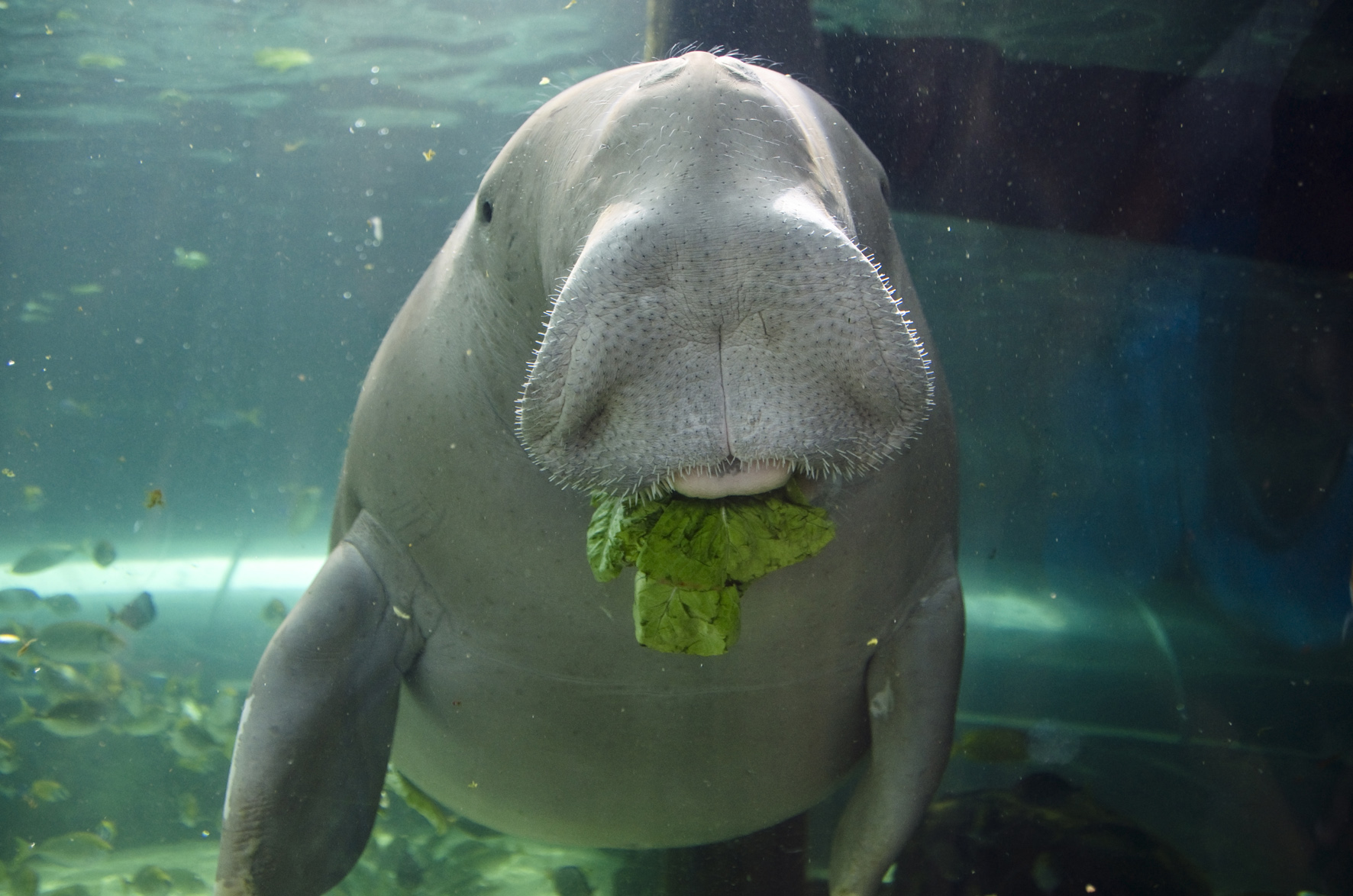
Dugongs of the Great Barrier Reef Reef Biosearch
Dugong memiliki nama ilmiah Dugon dugon. Nama dugong diambil dari bahasa Tagalog " " yang bersumber dari bahasa Melaya " " atau " " yang berarti "perempuan laut". Fisik dugong mirip dengan manatee. Keduanya terlihat cukup gemuk dan memiliki kulit tebal keabu-abuan yang cenderung keriput. Meski begitu, kulit ini sebenarnya sangat.
/Dugong-Borut-Furlan-WaterFrame-getty-56a5f7ce5f9b58b7d0df5196.jpg)
All About the Dugong
Dugong. These enormous vegetarians can be found in warm coastal waters from East Africa to Australia, including the Red Sea, Indian Ocean, and Pacific. Dugongs are related to manatees and are.

DUGONG SI PUTRI DUYUNG YANG CANTIK DAN ELEGAN!! PESANLUCKY
The dugong appear to have a constant smile on their face, making them great for selfies! 10. Dugong's can "stand" When coming up for a breath of air, dugongs "stand" on their tails to support their heads above water. On average, a dugong can stay underwater for approximately 6 minutes. 4. 11. Their gestation periods last over a year
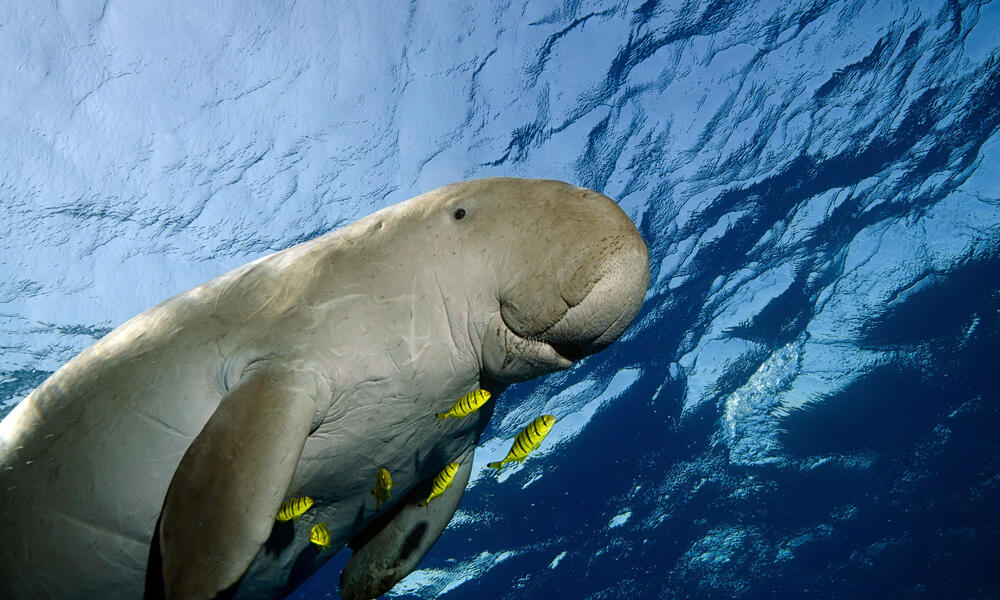
Dugong Species WWF
dugong. The dugong (Dugong dugon) ranges in length from about 2.2 to 3.4 metres (7 to 11 feet) and weighs 230 to 420 kg (500 to 925 pounds). (more) dugong, ( Dugong dugon ), marine mammal that inhabits the warm coastal waters of the Indian and Pacific oceans, feeds on seagrasses, and is similar to the American manatee.

The dugong Andaman and Nicobar Lakshadweep Islands India
The dugong (/ ˈ d (j) uː ɡ ɒ ŋ /; Dugong dugon) is a marine mammal.It is one of four living species of the order Sirenia, which also includes three species of manatees.It is the only living representative of the once-diverse family Dugongidae; its closest modern relative, Steller's sea cow (Hydrodamalis gigas), was hunted to extinction in the 18th century.

Dugong in sea grass meadow, Marsa Abu Dabbab Photo taken b… Flickr
Mengutip dari tulisan Dugong Bukan Putri Duyung yang diterbitkan oleh Oseanografi LIPI, IUCN (International Union for the. Conservation of Nature) telah menyatakan bahwa dugong sudah rentan punah. Hewan ini juga merupakan satwa dilindungi, seperti disebutkan dalam Undang-undang No. 7 tahun 1999 tentang Konservasi Flora dan Fauna.

Dugong Dugongs can be seen at the Acuario Nacional Repúbli… Flickr
The dugong is a marine mammal that spends its time grazing on seagrass in shallow coastal waters. A close relative of manatees, it is the only remaining member of the Dugongidae family. Often dubbed 'sea cows', dugongs are the only marine mammal that eats virtually only plants. Dugongs have a long, cylindrical body and no dorsal fins.
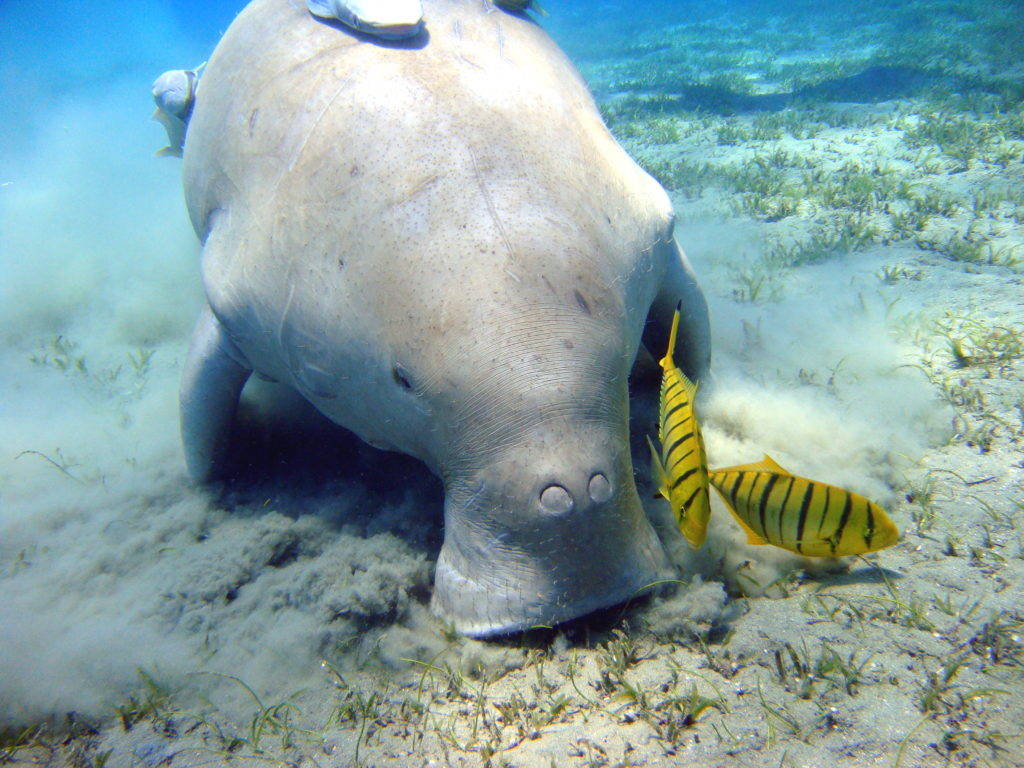
The Crying Dugong and Ocean Encounters in Southeast Asia
Diet. Herbivore, feeding exclusively on seagrasses. Average lifespan. Up to 70 years in the wild. Size. 3 metres. The dugong is one of the ocean's most interesting inhabitants. More closely related to the elephant than the dolphin or whale, this gentle seagrass-munching mammal is often given the name 'sea cow' and rightly so.

Dugong
In the waters off the east coast of southern Malaysia, scientists have been tracking a decline in population of dugongs (Dugong dugon)—large, shy marine mammals that are similar to manatees but most closely related to elephants. Now, experts say that fewer than 100 dugong remain off the coast of the state of Johor, a decline they attribute to habitat degradation and fishing-related.

Dugong Alchetron, The Free Social Encyclopedia
Dugong dugon. Weight. over 800 pounds. Length. nearly 10 feet. Habitats. Oceans. Dugongs are cousins of manatees and share a similar plump appearance, but have a dolphin fluke-like tail. And unlike manatees, which use freshwater areas, the dugong is strictly a marine mammal.

Dugong at the Sydney Aquarium Check out my travelblog at w… Flickr
Tempat Bermain Si cantik MAWARDI di dekat pulau Sikka Alor-NTT, kata Bapak Musa Serang, Si Dugong senang bermain dengan Penyu penghuni Air yg Jernih di pera.
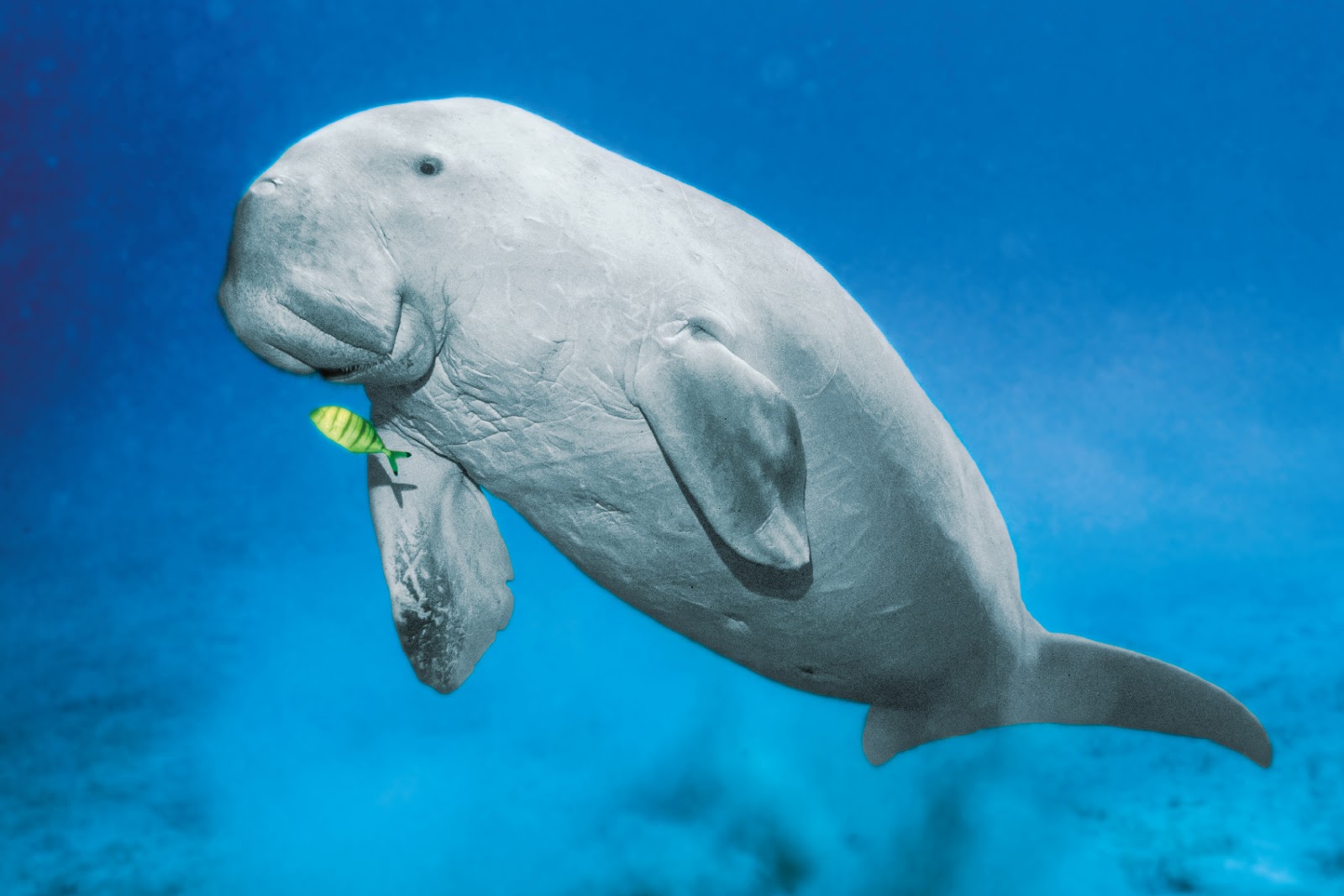
Dugong
Dugongs are primarily herbivorous, grazing on up to 30kg of seagrass a day. They eat both day and night, locating their food with the help of coarse, sensitive bristles on their upper lip. These large creatures are found in warm water around coastlines, both north and south of the equator. They inhabit both freshwater and brackish water, where.
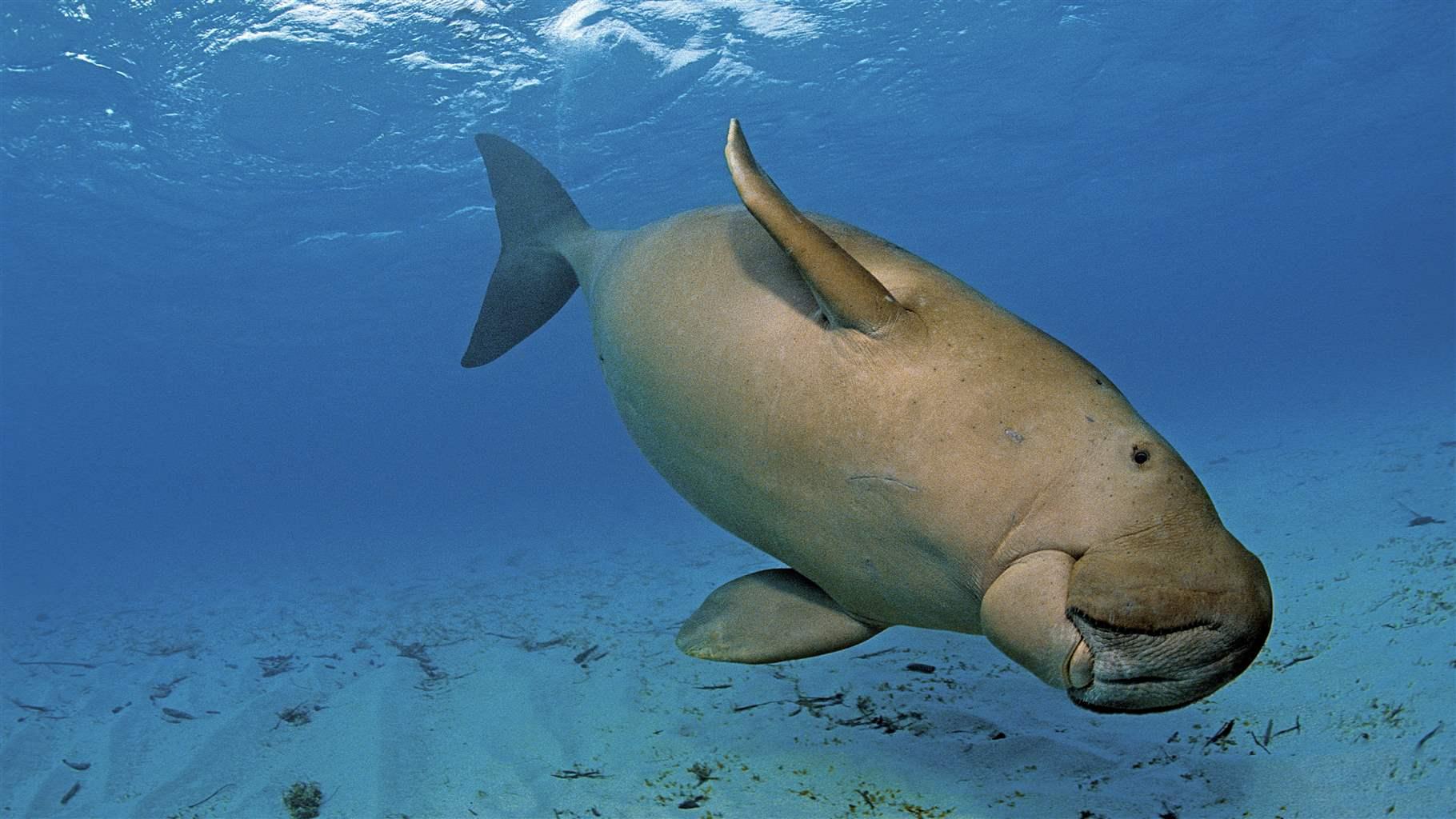
In Malaysia, Science Is Key to Dugong's Recovery—and Survival The Pew
Dugongs are large, elongated animals with a down-turned snout and thick brown or gray skin. The technical term for the body shape is fusiform. This means their bodies are shaped like a spindle that is tapered at the ends. Dugongs can measure anywhere between 8 and 10 feet in length and up to 1,100 pounds in weight.

Underwater Photographer Selmeczi Daniel's Gallery Featured Gallery
The dugong, like all sea cows, is herbivorous. It primarily grazes on sea grasses and therefore spends most of its time in sea grass beds. Unlike the closely related manatees, the dugong never enters freshwater and is therefore the only exclusively marine mammal that is herbivorous. As in most herbivores, the dugong's brain is very small.

Dugong / Duyung Taksonomi, Morfologi, Habitat, Populasi, Ancaman
Dugongs live in very shallow, temperate water where seagrass flourishes, and they need to eat plenty of it to stay healthy. These animals tend to graze 24 hours a day, ferreting out seagrass with their snouts. Although their food source is below the waves, dugongs can't be underwater for extended periods. Like other mammals such as whales.